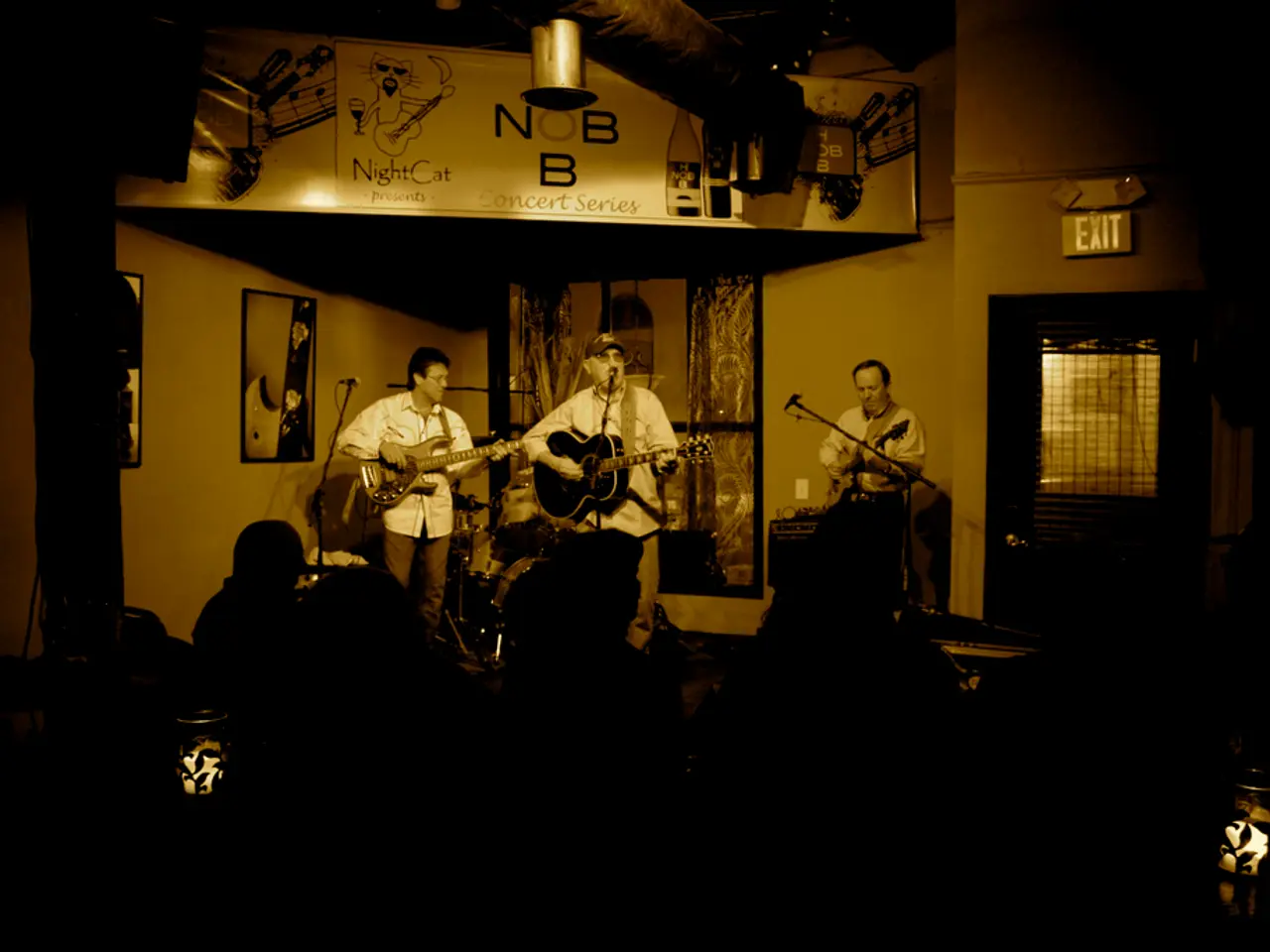Manifestations of Anxious Attachment in Mature Romantic Connections
In the complex world of human relationships, one common pattern that often surfaces is anxious attachment. Characterised by a heightened sensitivity to perceived distance or disinterest from a partner, anxiously attached individuals are preoccupied with the fear of abandonment and constantly seek reassurance.
This attachment style, shaped by early experiences, influences behaviour in adult relationships. Anxiously attached individuals tend to idealize their partners, viewing them as perfect or indispensable. However, they also struggle with setting and maintaining healthy boundaries, often prioritising their partner's desires above their own, which can negatively impact their mental health.
Hyperactivating strategies, a key feature of anxious attachment, involve a chronically activated attachment system that constantly scans for threats, betrayals, or signs of distancing. This can lead to sudden bursts of anger or rage, as well as persistent attempts to elicit care, intimacy, and support through clingy, controlling, or coercive behaviours.
The need for acceptance often causes anxiously attached individuals to go "from 0 to 100" in minutes, experiencing sudden bursts of emotion. They frequently struggle with managing negative emotions and memories, often ruminating on perceived threats. Due to their fear of losing loved ones, anxiously attached individuals may completely merge their lives with their partners, neglecting their own individuality and personal needs.
However, change is possible for anxious attachment. It was originally coping mechanisms developed in response to emotional insecurity, which means they can also be changed and replaced with healthier habits.
Effective strategies to cope with and overcome anxious attachment in relationships focus on self-regulation, boundary-setting, diversifying attention, and fostering mutual understanding between partners.
Self-soothing and emotional regulation are crucial. Practice healthy coping mechanisms such as journaling, mindfulness, meditation, breathing exercises, and cognitive-behavioral strategies. For example, focusing on breathing deeply with a hand on your chest can calm the nervous system during moments of anxiety or panic triggered by attachment worries.
Establishing healthy boundaries is another essential step. Learn to differentiate between what is your responsibility and what is your partner’s. Avoid trying to fix or control your partner’s moods or withdrawal as a way to soothe your own anxiety. Maintain your individuality and communicate clear limits to prevent dependency and resentment.
Diversifying your energy and interests is also important. Instead of over-focusing on your partner, invest energy in friendships, hobbies, and personal goals. This reduces pressure on the relationship and helps you maintain a balanced identity, which builds trust and intimacy naturally.
Understanding attachment styles together is another key aspect. Educate yourself and your partner about attachment styles. When both partners know their own and each other’s attachment patterns, they can work compassionately as a team. Reading about attachment, taking style questionnaires together, and considering couples therapy (such as Emotionally Focused Therapy or the Gottman Method) can promote better communication and mutual support.
Finally, consider professional support if anxious attachment causes significant distress or relationship difficulties. Therapy (individual or couples) can provide targeted tools and strategies to manage anxiety and improve emotional connection.
In summary, combining self-awareness, emotional self-regulation, healthy boundaries, diversification of emotional investment, partner collaboration, and professional help forms an effective approach to healing anxious attachment and fostering secure, fulfilling relationships.
- Mental health concerns can arise from anxious attachment in relationships, as individuals struggle to maintain healthy boundaries and prioritize their own needs.
- The mind of an anxiously attached person is constantly scanning for signs of distancing or disinterest from their partner, which can lead to sudden bursts of anger or rage.
- Psychology research suggests that anxious attachment is influenced by early experiences and can be changed with healthier habits for personal growth and relationship improvements.
- Self-esteem and emotional well-being may suffer when anxiously attached individuals idealize their partners, merge their lives with them, and neglect their own needs and identity.
- Attachment therapy can help individuals Coping mechanisms developed in response to emotional insecurity and replace them with healthier strategies for the education-and-self-development of secure relationships.
- Effective coping strategies for anxious attachment include practicing self-soothing techniques like journaling, mindfulness, and cognitive-behavioral strategies, such as focusing on deep breathing exercises during anxious moments.
- In relationships, communication is essential to fostering mutual understanding, and health-and-wellness is improved when both partners collaborate on learning their attachment styles and setting clear boundaries.
- Personal growth and emotional maturity are enhanced when anxiously attached individuals diversify their energy and invest time in friendships, hobbies, and personal goals, instead of relying solely on their partners for emotional support.
- The science of psychology reveals that understanding attachment styles and seeking professional help (such as therapy) can alleviate anxieties and promote better emotional connection in relationships.
- lifestyles that prioritize self-care, emotional regulation, and healthy relationships can lead to secure, fulfilling connections and overall mental-health improvement.




